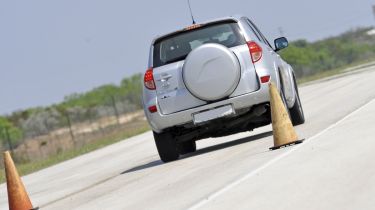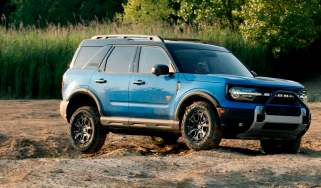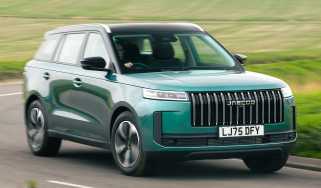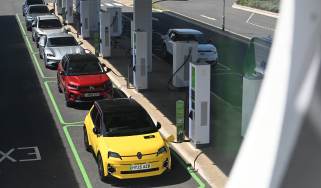Dry braking
For the rare days it's not raining, dry braking performance is essential

The test
Although each stop from 62mph took only around 40 metres, we drove three miles in between each punishing test to cool the brakes – and ensure consistent results. Our braking strip was carefully marked out to ensure we stopped on the same tarmac each time.
Results are based on an average of at least six runs, with the braking distances measured by GPS-based test kit.
A stiff tread pattern is the key to a good dry braking result, and the Continental proved it had the best, taking a narrow win – impressive given that it also won in the wet.
A mere 20cm behind was Goodyear, which proved its big, water-shifting grooves can still work in the dry.
Michelin kept up its strong run of results with third – albeit a metre behind our champion.
Once again, Kumho was the better of the Far Eastern brands, finishing just behind the French tyre.
Pirelli was nearly two metres behind our winner, although it was at least in touch with its rivals – unlike the Hankook, which was a further 1.6 metres back. It needed 41.6 metres to stop from 62mph, compared to the winner’s 38.2 metres. And that means it would still be travelling at 17mph when the CrossContact had brought our Toyota RAV4 to halt. Engineers need to take a serious look at this tyre’s braking ability.
Dry braking
Continental 100.0
Goodyear 99.4
Michelin 97.5
Kumho 96.6
Pirelli 95.3
Hankook 91.2


